
Aftershocks: How Dang.erous Is the “Ghost” After an Earthquake and What You Need to Do to Protect Yourself
Aftershocks: How Dang.erous Is the “Ghost” After an Earthquake and What You Need to Do to Protect Yourself
The earthquake may be over, but the ground remains unsettled. Smaller tremors, known as aftershocks, can continue for hours or even months, bringing new risks along with them.
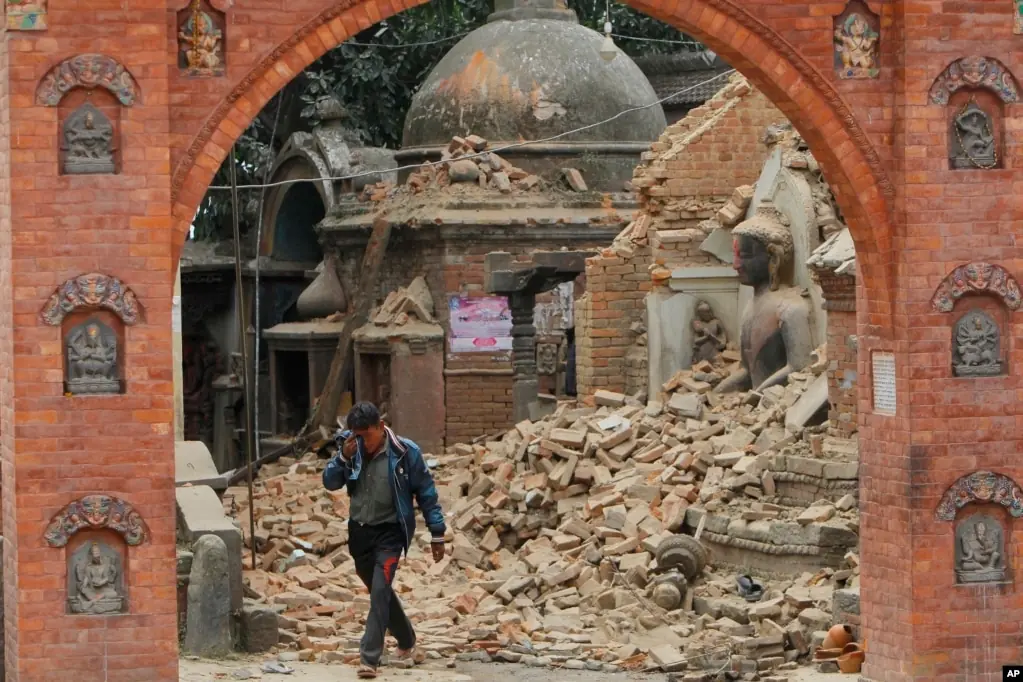
On the afternoon of March 28, 2025, a powerful 7.7-magnitude earthquake shook central Myanmar, with its epicenter near the city of Mandalay, sending shockwaves across Southeast Asia. From Bangkok, Thailand—where high-rise buildings swayed violently and a construction site collapsed—to Hanoi and Ho Chi Minh City in Vietnam, where residents in tall apartment buildings experienced alarming aftershocks, this event has left a powerful impression of nature’s destructive force. While initial damage assessments are still underway, a pressing question remains: Will subsequent aftershocks continue to threaten the region?
What Are Aftershocks and Why Do They Occur?
Aftershocks are smaller tremors that follow the main earthquake, lasting from a few hours to several months. They occur because the Earth’s crust around the epicenter has not yet fully adjusted to a state of stress equilibrium. Fractures, faults, and sliding rock layers continue to release energy that was not expended during the initial quake, creating these secondary shakes. According to the U.S. Geological Survey (USGS), aftershocks are usually weaker than the main event but can still be strong enough to cause additional damage.
The areas most affected by aftershocks tend to be near the epicenter, but with large earthquakes, they can extend hundreds of kilometers. Whether strong or weak, aftershocks pose significant risks. For example, a building already damaged by the main quake may collapse entirely during an aftershock. Therefore, even after the major tremor, people must remain vigilant.
Common Types of Aftershocks Following a Major Earthquake
Not all aftershocks are alike. Based on their timing, intensity, and manner of occurrence, scientists classify them to better monitor and predict their impact. Here are some common types of aftershocks, according to data from the USGS:
-
Immediate Aftershocks:
These tremors occur right after the main earthquake, typically within minutes to a few hours. They tend to be stronger than later aftershocks, catching people off guard before they have time to recover. For instance, after the 2015 Nepal earthquake, a 6.7-magnitude aftershock struck just 30 minutes after the main event. -
Prolonged Aftershocks:
These continue for days, weeks, or even months after the initial quake. Although their intensity gradually diminishes over time, they can still cause significant anxiety and damage. The 2011 Tohoku earthquake in Japan was followed by thousands of aftershocks over two years. -
Abnormally Strong Aftershocks:
These are rarer and occur with intensities nearly as high as, or even surpassing, what was expected. They can further damage already weakened structures, such as the 7.3-magnitude aftershock in Nepal two weeks after the main earthquake. -
Imperceptible Aftershocks:
Many aftershocks are so minor that only sensitive instruments can detect them. While they may not cause direct damage, they indicate that the ground is still adjusting after a major shock.
Understanding these types of aftershocks helps authorities and residents better prepare for the hours and days following an earthquake.
Five Major Earthquakes with Devastating Aftershocks
History records several major earthquakes that not only caused severe damage from the main shock but also from the numerous aftershocks that followed. Here are five notable examples, based on data from the USGS and reliable news sources like BBC and National Geographic:
-
The Valdivia Earthquake, Chile (1960):
On May 22, 1960, the most powerful earthquake ever recorded, at 9.5 on the Richter scale, struck near Valdivia, Chile. Hundreds of aftershocks—including one of 7.8 magnitude—lasted for weeks, resulting in 1,600 deaths and leaving 2 million people homeless. Tsunamis worsened the situation, and aftershocks continued to devastate coastal areas, forcing entire communities to rebuild from scratch. -
The Sumatra Earthquake, Indian Ocean (2004):
On December 26, 2004, a 9.1–9.3 magnitude earthquake occurred off the coast of Sumatra, Indonesia. More than 100 significant aftershocks, with the strongest reaching 8.6, persisted for months. The resulting tsunami claimed the lives or left over 230,000 people missing across multiple countries bordering the Indian Ocean. Aftershocks delayed rescue efforts and prolonged the widespread anxiety, marking one of the worst disasters of the 21st century. -
The Tohoku Earthquake, Japan (2011):
On March 11, 2011, a 9.0-magnitude earthquake struck northeastern Japan. Nearly 10,000 aftershocks, the strongest being 7.9, occurred over the next two years. The tragedy resulted in 15,000 deaths, tens of thousands of displaced residents, and triggered the Fukushima nuclear disaster. Aftershocks hampered rescue operations and intensified public panic. Economic losses were estimated at 235 billion USD, compelling Japan to reassess its disaster preparedness strategies.
The Tohoku event was particularly terrifying not only for its aftershocks but also for the ensuing tsunami. Just 30 minutes after the 9.0 quake, tsunami waves up to 40 meters high slammed the northeastern coast. Moving at 700 km/h, they swept away homes, vehicles, and entire coastal towns. According to USGS and BBC, the tsunami’s destructive power was compounded by aftershocks, making recovery even more challenging. -
The Tangshan Earthquake, China (1976):
On July 28, 1976, the city of Tangshan in China was devastated by a 7.8-magnitude earthquake. Dozens of strong aftershocks over several days made rescue efforts nearly impossible. Estimates of the death toll range from 240,000 to 650,000 people, though exact numbers remain uncertain. The aftershocks caused further collapses of already weakened structures, exacerbating the damage. This catastrophe led China to reform building practices to mitigate future risks. -
The Nepal Earthquake (2015):
On April 25, 2015, the Gorkha region in Nepal was rocked by a 7.8-magnitude earthquake. Over 300 aftershocks, including a 7.3-magnitude shock on May 12, further worsened the situation. Nearly 9,000 people died, 22,000 were injured, and many cultural landmarks were destroyed. Aftershocks triggered landslides and obstructed rescue operations, plunging Nepal into a prolonged crisis with many residents forced to live in temporary shelters.
Warnings and Safety Guidelines After an Earthquake
Aftershocks can occur unexpectedly, and even small tremors may pose significant dangers. A damaged house, a cracked road, or an area near a hillside could become hazardous when the ground shakes again. So, what should you do to stay safe?
-
If You Are Indoors:
Immediately seek shelter under a sturdy table, and protect your head and neck with your hands. Avoid rushing outside, as falling debris or objects could injure you. Once the shaking stops, turn off the power and gas to prevent fire or explosions—a major risk after earthquakes. -
If You Are Outdoors:
Stay away from tall buildings, large trees, and power lines. Move to an open area, such as a park, where you are less likely to be harmed by falling objects.
After the aftershocks subside, inspect your home carefully. Do not re-enter if you see significant cracks in the walls or any unusual signs like a gas smell. Prepare an emergency kit with water, food, a flashlight, and warm blankets for immediate use. Follow updates from authorities via radio or official channels, as aftershocks may continue for weeks. In the long run, ensure that your home is inspected and reinforced, learn basic first aid, and remain vigilant even after the main earthquake. These measures can significantly reduce risks and increase your chances of staying safe.
Conclusion
Aftershocks are an inevitable part of the earthquake experience and can cause substantial additional damage if overlooked. From historic events like the Valdivia and Tohoku earthquakes, we see the profound impact aftershocks have on communities and the environment. Understanding and preparing for aftershocks is the best way to protect yourself. Regularly inspect your home, make family emergency plans, and always be ready to act—because even if the ground continues to shake, timely and appropriate actions can minimize the risks.
Stay informed, stay prepared, and take every precaution necessary to protect yourself and your loved ones in the wake of an earthquake.
News in the same category


A Tiny Seed with Mighty Benefits

Don't put ginger, garlic, and chili in the refrigerator: Store them this way to keep them

The non-stick coating of the rice cooker has peeled off after long use. Is it harmful to use it?
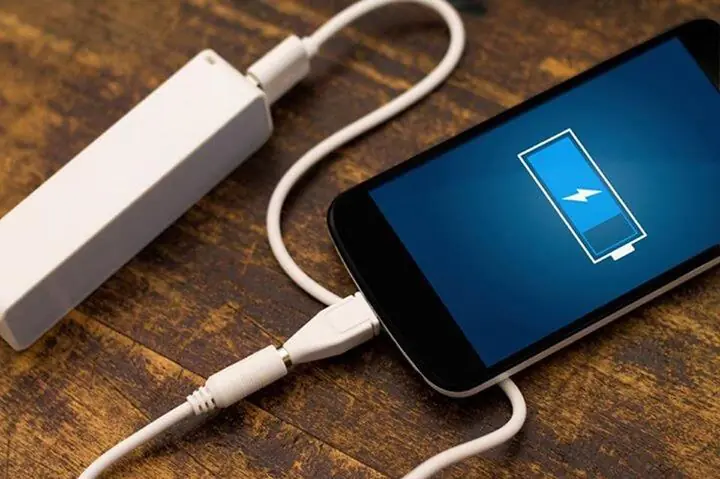
"Why I Only Charge My iPhone to 80% Instead of Fully Charging" – Everyone's Got It Wrong; Fully Charging Isn’t Always Best

The insect, the size of a grain of rice, is 12 to 15 times more toxic than cobra venom

Don't keep these 4 things

Why are there fly designs painted on toilets at Amsterdam airports?

Does the black part on the shrimp's head contain roe or feces? Experts explain the con.tro.versy

What Does a Forehead Kiss Mean? 10+ Reasons Behind This Personal Peck

The Purpose of the Notch on Scissors: Many Homemakers Don’t Know How to Use It—What a Shame!

The photo that made millions of people cry about the profession considered the di.rtiest in the world

Whole family hospitalized after eating watermelon left overnight in the refrigerator: Mistakes in preserving watermelon that many people make

The "Secret" of the Small Hole on a Vegetable Peeler That Made Me Realize My EQ Has Been at Rock Bottom for 10 Years!
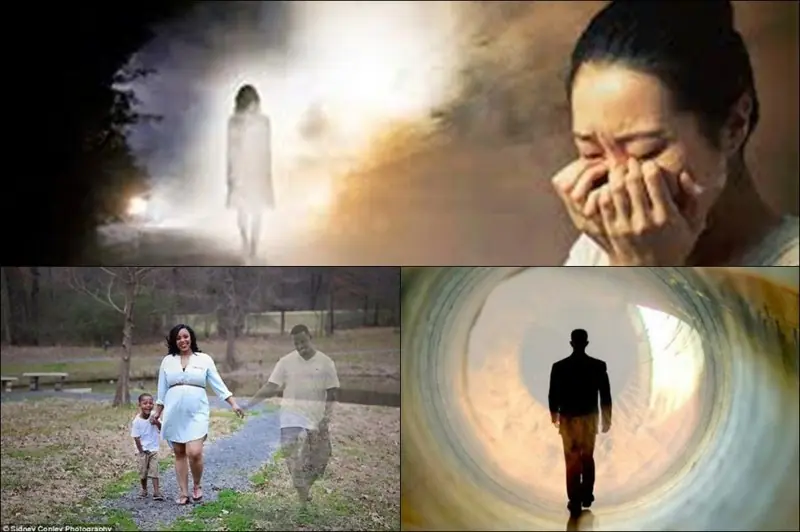
Never keep these 4 relics
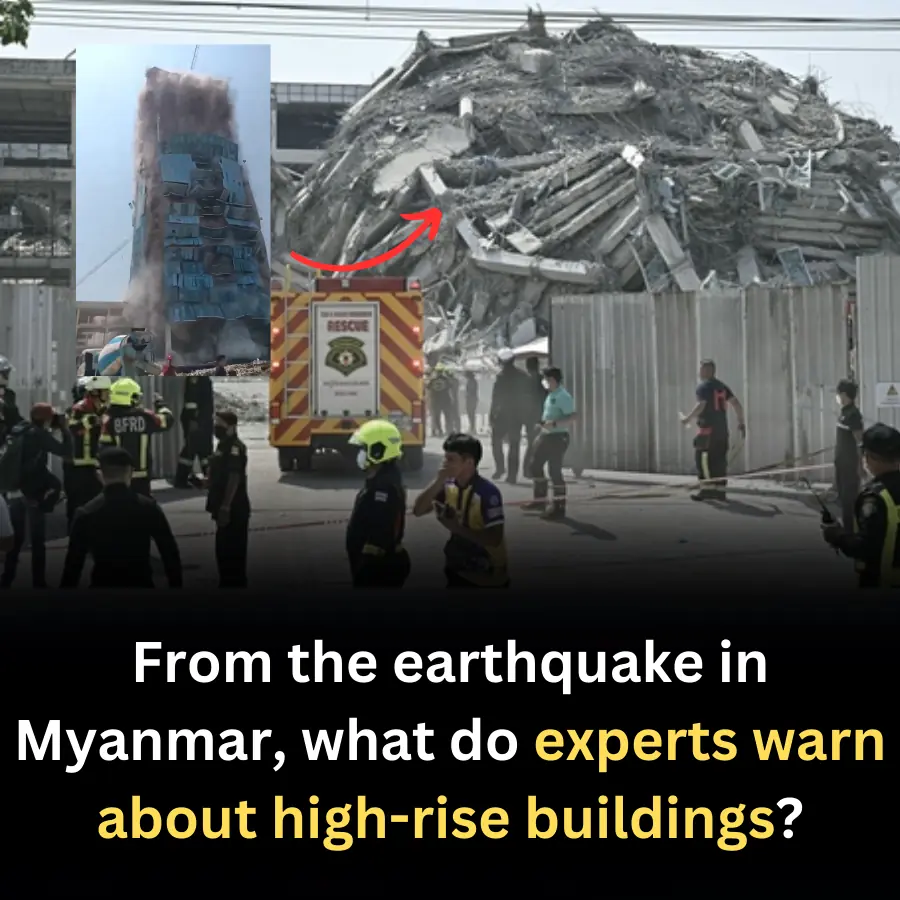
From the earthquake in Myanmar, what do experts warn about high-rise buildings?

Why do hotels allow check-in at 2:00 PM but require check-out by 12:00 noon the next day?

Jonathan, a tortoise hatched around 1832, is the world's oldest known living land animal, aged 191 years
News Post

Natural Treatment for Diabetes, Stomach Issues, and High Blood Pressure

What are the benefits of drinking lemon water?

Eliminate Nail Fungus Naturally

Natural remedy for sore joints and bones: Only four ingredients!

Overeating These 5 Foods Is Like ‘Overworking and Straining’ Them

No Matter How Delicious, Avoid Overeating These Foods to Protect Your Liver

Why should you pour salt down the drain at night?

Cleaning the washing machine is very necessary, but not everyone knows about this hidden switch

How to Deodorize Your Microwave with Lemon

Two strange points of headache warn of brain tumor, don't ignore

Put Your Quick Wit to the Test: Can You Solve This Brain Teaser?

5 Drinks That Damage the Liver Faster Than A.lco.ho.l
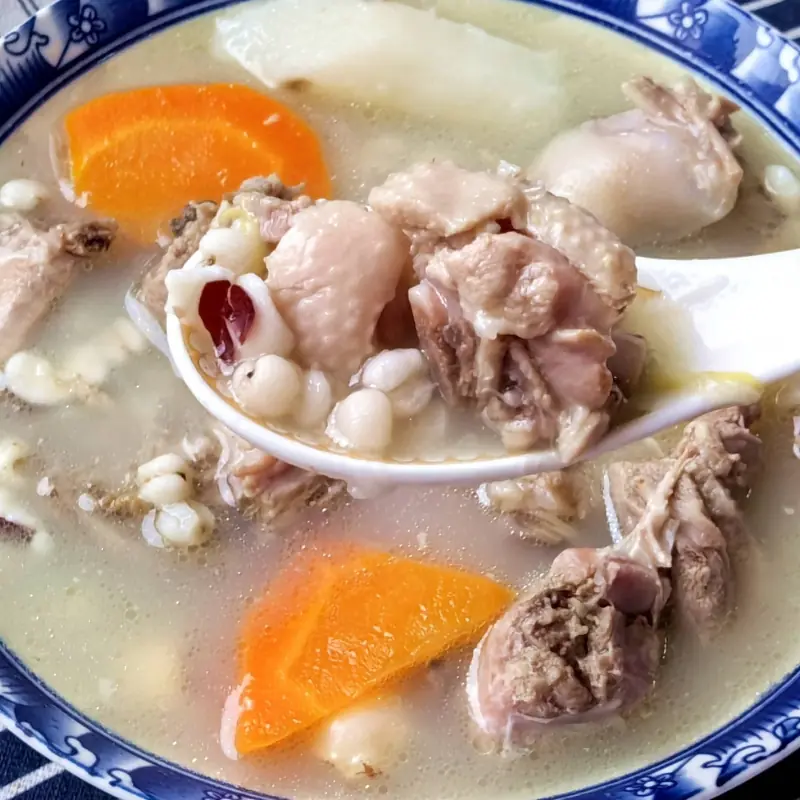
Limit Chicken and Beef in April, Prioritize These 3 Nutritious Meats

The Perfect Family Meal with a Hidden Twist

Using a Small Plastic Bag This Way Will Eliminate Unpleasant Odors from Your Bathroom and Kitchen Drains

5 Foods That Are Considered "Parasite Havens" – Some of Which Are Very Popular

3 types of water that shouldn't be stored in a thermos

Tips to get rid of ants from your house without spending a penny
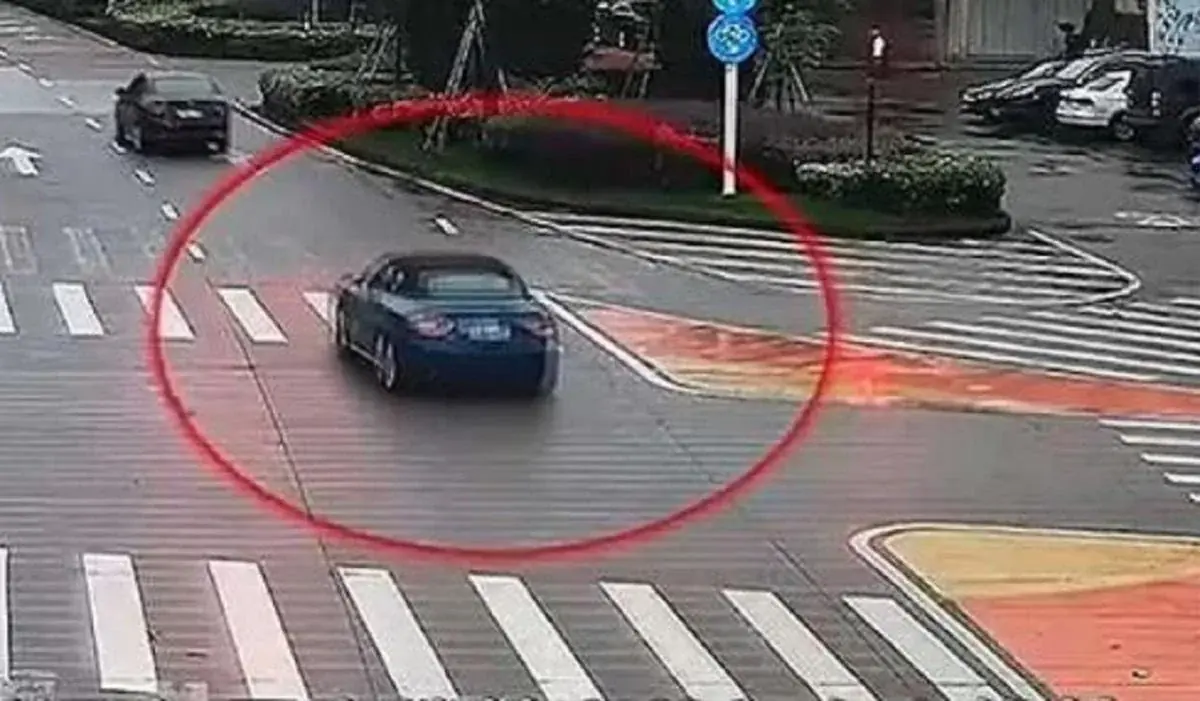
49 red lights. 1 bro.ken heart. Zero chill
